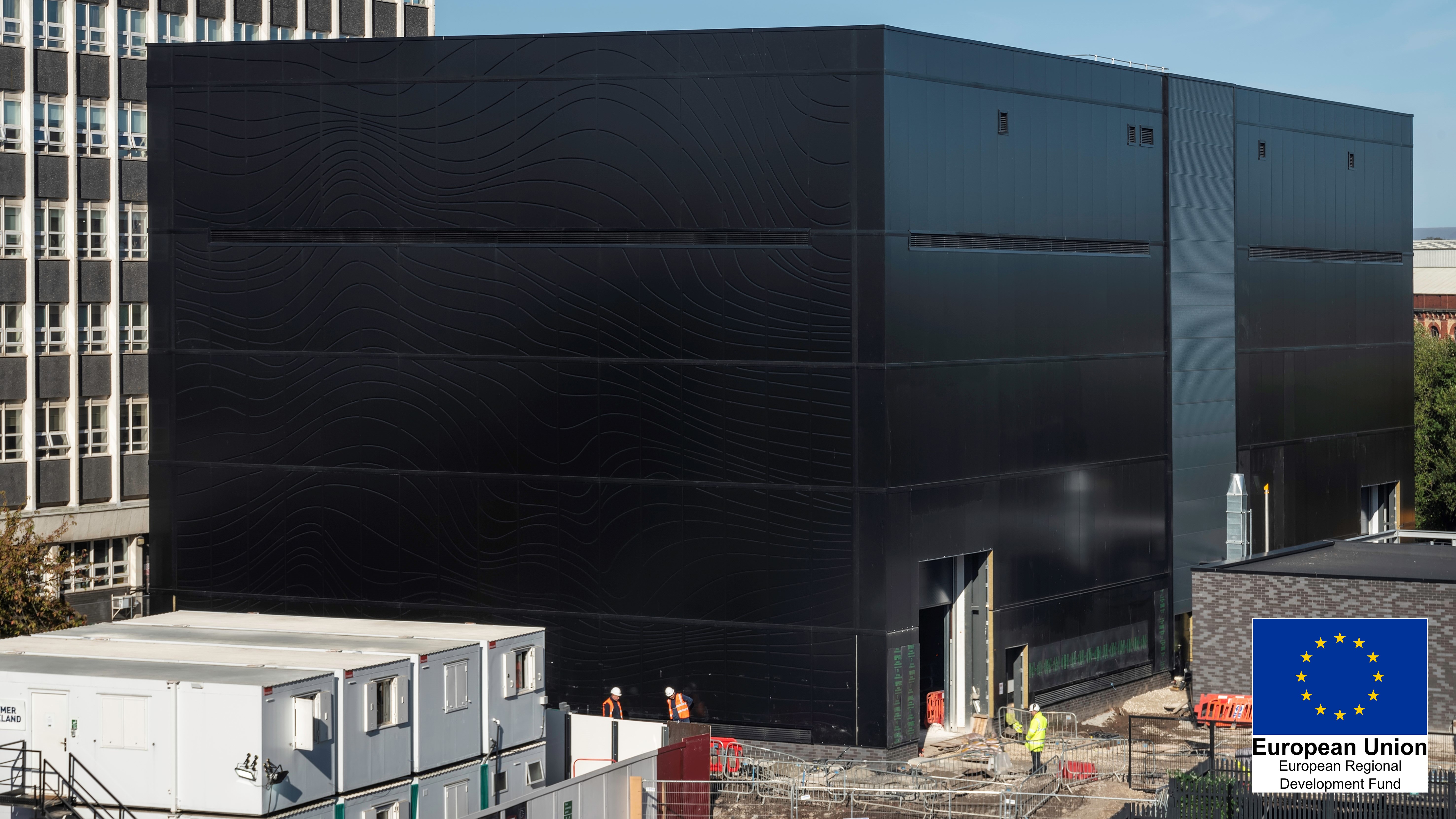
In December, the UK government published a raft of changes to the Building Regulations that are due to come into force on 15 June 2022. Among these are the addition of Part O on overheating, and revisions to Part F concerning ventilation.
These are intended to be intermediate measures before the introduction of the Future Buildings Standard in 2025. The standard will aim to ensure that homes built from 2025 onwards emit 75–80% less carbon than those constructed under the current regulations.
Provisions seek to ensure cooler buildings
The new Part O will apply to all residential buildings, including dwellings, flats, care homes and children's homes, with the aim of reducing overheating.
It is common for such buildings to be cooled using energy-intensive means such as air conditioning, or not actively cooled at all. As a result, the health and well-being of tenants suffer.
Overheating is a particular problem for properties that are highly glazed. It is also more prevalent in large cities where temperatures are higher, and there is less wind.
If an approved inspector is used – instead of the local authority building control service – then an initial notice must be submitted to the local authority jointly by the approved inspector and applicant before work commences on site.
A transitional arrangement is being introduced alongside Part O to ensure that any works with initial notice in place before this date, and where work commences on site before 15 June 2023, will not have to comply with the regulation.
Approved Document O also splits England into two geographical zones: those at moderate risk of overheating, and those at high risk.
The latter are all in London; however, the document notes that parts of central Manchester also experience elevated night-time temperatures, so these areas may follow the guidance for higher-risk locations as well. These higher-risk areas require more stringent measures to comply with the new regulation.
'The new Part O will apply to all residential buildings, including dwellings, flats, care homes and children’s homes, with the aim of reducing overheating'
Document offers two compliance options
Once the building's risk profile has been established, the approved document offers two different ways to achieve compliance: a simplified method, and dynamic thermal modelling.
The simplified method first looks at limiting solar gains. This is done by minimising the amount of glazing in relation to the floor area, and positioning the largest glazed facade to decrease exposure to the sun.
This section of the approved document also considers whether cross-ventilation can be provided by openings on opposite facades. If so, a larger area of glazing is permissible.
For residential buildings in the high-risk zones, shading should be provided to areas between the north-east and north-west elevations of the building, as well as limiting solar gains.
The document also advises the removal of excess heat from the building. This can be done by providing windows that can be opened or ventilation points that exceed the minimum areas set out.
The second option for compliance is dynamic thermal modelling. This is a method that predicts internal conditions and energy demand at short time intervals, using weather data and building characteristics.
This section of the document advises on how to demonstrate compliance using dynamic modelling, including use of the Chartered Institution of Building Services Engineers' TM59 design methodology.
Following the limits set by TM59 and acceptable strategies for reducing overheating risk identified in Approved Document O – such as installing fixed shading devices, balconies in relevant locations and provisions for removing excess heat – compliance can be achieved.
All risks need consideration
These measures will enable compliance with requirement O1(1), which provides guidance on limiting unwanted solar gains in summer and cooling the indoor environment. However, O1(2)(a) states that 'account must be taken of the safety of any occupant, and their reasonable enjoyment of the residence'.
To ensure compliance with this requirement, any proposed measures must address the following points.
-
Noise: If the building is near a busy street, for instance, it should be expected that the windows will be closed when occupants are sleeping.
-
Pollution: Where the building is located close to a significant source of pollution, for example, it should be designed to minimise intake of external air.
-
Security: When calculating the free area available for ventilation during sleeping hours, only that which can be securely opened should be included, particularly in vulnerable areas that are easy to access such as the ground floor.
-
Protection from falling: In line with Part K, only areas that have a very low risk of occupants falling from height should be included in the overheating mitigation strategy.
-
Protection from entrapment: Louvre or ventilation shutters, for instance, should not run the risk of trapping body parts.
While many of these methods of preventing overheating have been factored in on projects in the past, we now have legislation and guidance stating that, wherever possible, mechanical cooling systems must not be used. This is a small step in the journey towards net-zero carbon; nevertheless, it is a welcome addition to the regulations ahead of the Future Buildings Standard's introduction.
Part F changes stress effective ventilation
Interim revisions to Part F on ventilation also anticipate the changes that will be implemented in 2025.
While construction professionals are generally trying to improve airtightness in buildings to reduce energy wastage, buildings without adequate ventilation can overheat, and the air can then become stale and uncomfortable.
With this in mind, the changes proposed to Part F acknowledge the most effective means of ventilating modern properties remain continuous mechanical extraction of air, intermittent mechanical extraction, or supply and extraction in the form of a heat recovery system.
Following this, the new guidance in Approved Document F volume 1 states that background ventilators and intermittent extractor fans can only be used for less airtight homes, with a design air permeability of more than 5m3/h·m2.
This should in effect deter designers from using that option, as it will be difficult to achieve a pass on the Standard Assessment Procedure (SAP) calculation. When designing dwellings, this calculation is part of the thought process and will determine why different solutions are used.
The required size of the background ventilation grille is also now to be determined by the size of the room rather than the whole dwelling.
In addition to these changes in volume 1, there been revisions to the requirements for ventilation in non-domestic buildings in the new Approved Document F volume 2. These aim to ensure such buildings are more suitably ventilated for their purpose, with the introduction of a requirement for carbon dioxide monitors in offices and other high-risk rooms. All replacement windows in non-domestic buildings must also now to be fitted with background trickle ventilators.
Related competencies include: Legal/regulatory compliance, Sustainability

